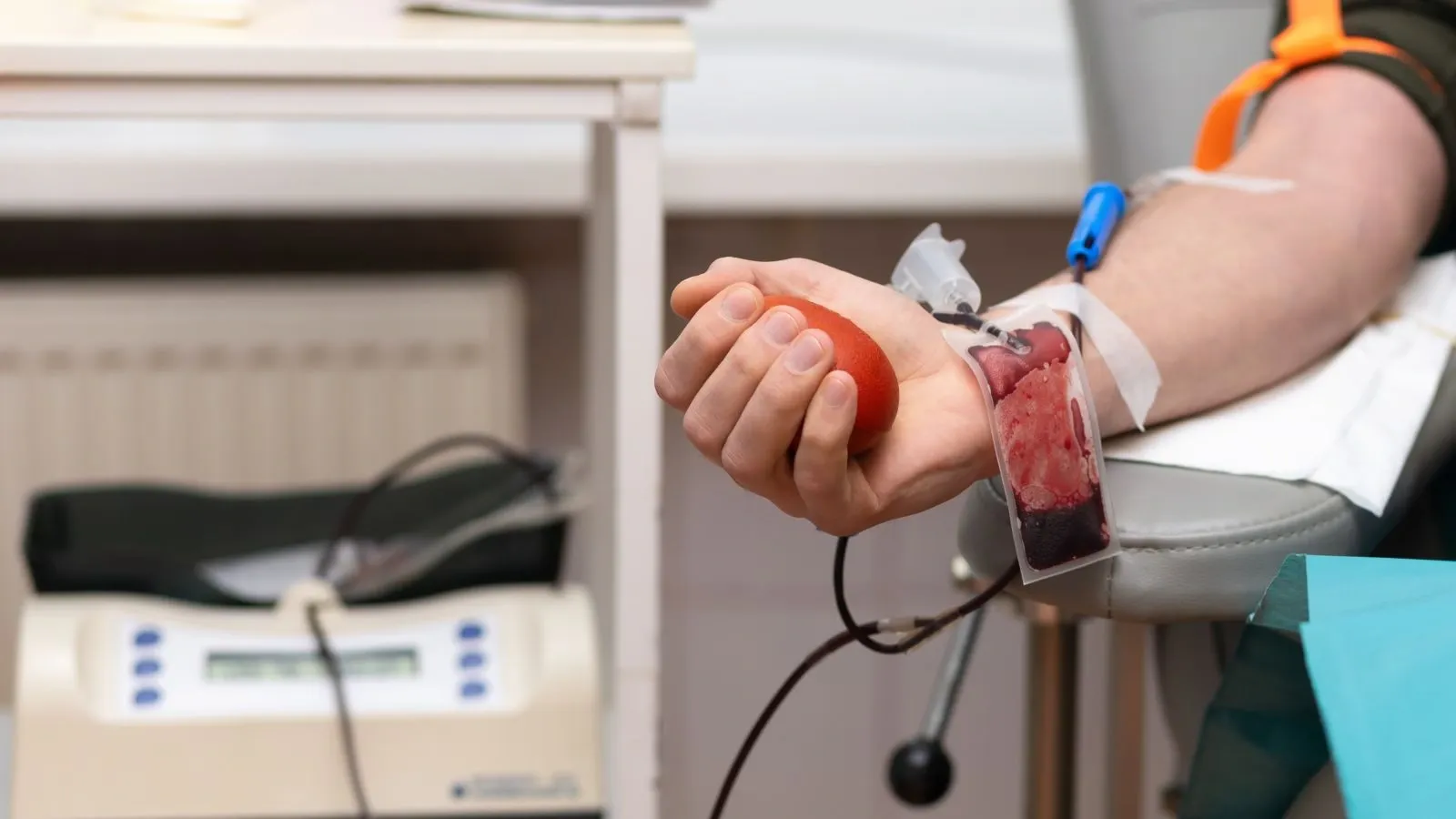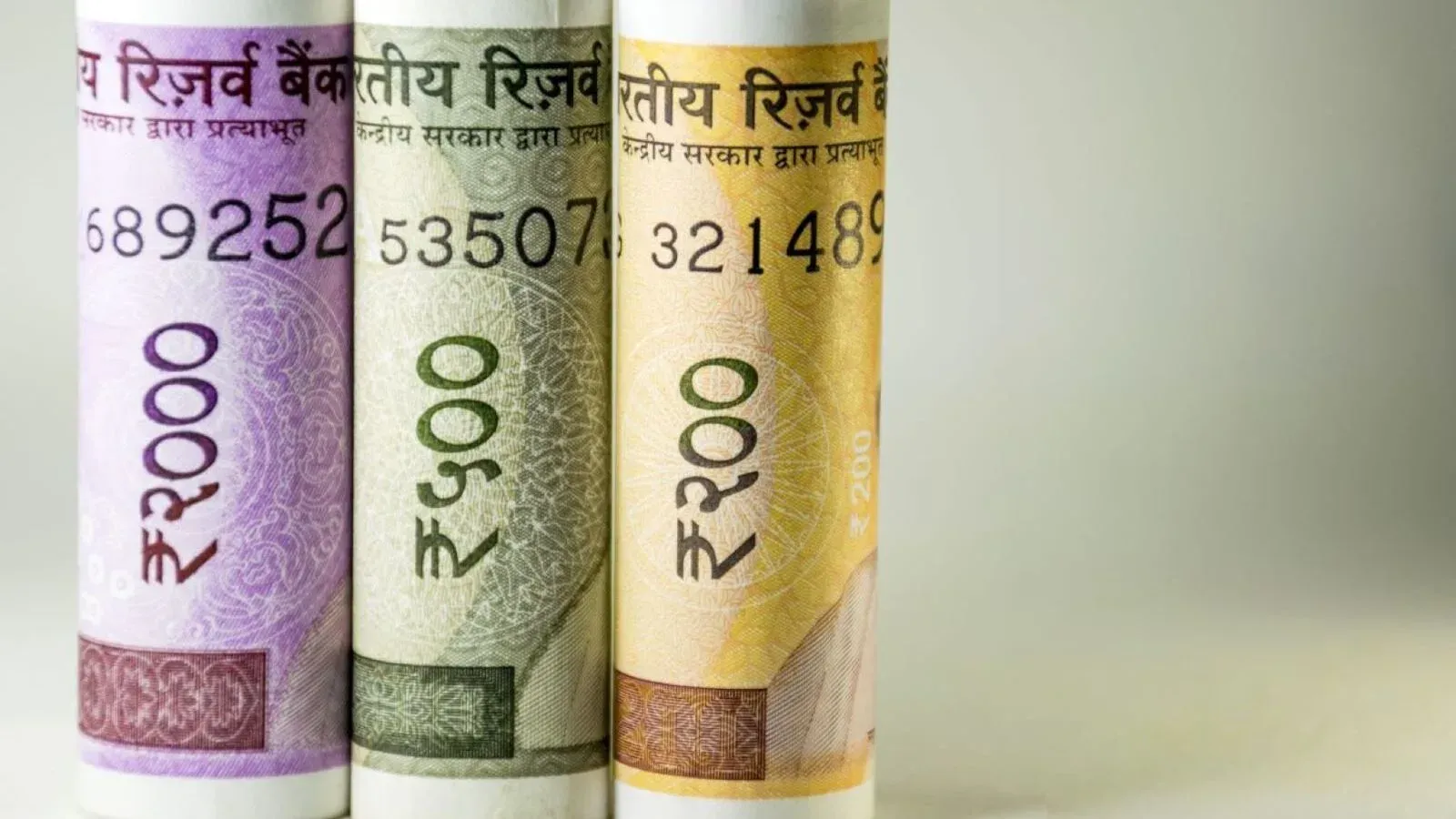Personal Finance News
CGHS rate revision 2025: What changes from October 13 for central govt employees and pensioners

5 min read | Updated on October 07, 2025, 10:12 IST
SUMMARY
The CGHS package provides an all-inclusive lump sum rate that covers the entire treatment cycle, starting from admission to discharge. The scheme primarily serves central government employees, pensioners, and their dependent family members.

The new CGHS reforms, apart from the revised rates, will also enable easier cashless treatment for patients.
The Union Health Ministry announced a long-awaited revision of the Central Government Health Scheme (CGHS) rates, updating the prices for nearly 2,000 medical procedures, the first major overhaul in over a decade. The revised rates will be effective from October 13, 2025.
According to an official release, the rates have been revised on the basis of accreditation status, hospital type, city classification and ward entitlement.
The move comes in response to growing concerns from both CGHS beneficiaries and empanelled hospitals. Patients have repeatedly reported being denied cashless treatment, often being forced to pay out of pocket and wait months for reimbursement.
Meanwhile, hospitals have argued that the existing CGHS package rates were outdated, failing to reflect current costs driven by medical inflation.
The rates were last revised in 2014. While small changes were introduced every few years, there hadn’t been any comprehensive reform for over a decade now.
Earlier this year, in August, the National Federation of Central Government Employees Unions submitted an official memorandum to the central government, raising concerns regarding CGHS. It said that the lack of cashless services causes financial troubles for employees and pensioners, especially during emergencies.
What is CGHS?
The Central Government Health Scheme (CGHS) is a scheme offered by the central government, providing medical services to people at subsidised rates. The scheme covers several medical charges, including diagnostic tests, consultations and surgeries, among others.
The CGHS package provides an all-inclusive lump sum rate that covers the entire treatment cycle, starting from admission to discharge. The scheme primarily serves central government employees, pensioners, and their dependent family members.
As of October 5, CGHS covers approximately 4.26 million beneficiaries across 80 cities in India, as per data from the official CGHS portal.
Revised CGHS rates
Earlier, the rates were for National Accreditation Board for Hospitals (NABH) and non-NABH-accredited hospitals. Further, consultation fees were uniform for both the outpatient department (OPD) and the inpatient department (IPD) across cities and wards.
Now, under the revised structure, rates vary based on four different parameters.
- Non-NABH/NABL accredited hospitals will receive 15% lower package rates compared to those with NABH/NABL accreditation.
- Super speciality hospitals will attract 15% higher rates than NABH-accredited hospitals for the corresponding Super specialities within the same city category.
- Tier II (Y cities): 10% lower rates than Tier I (X cities)
- Tier III (Z cities): 20% lower rates than Tier I
- Hospitals in the North-East, Jammu & Kashmir, and Ladakh are treated as Tier II, and will follow Y city rates.
Overall rates mentioned in the CGHS package are for the semi-private ward. General wards will attract 5% lower rates, while private wards will be 5% more expensive than the applicable admissible claim amount.
Rates for consultations, radiotherapy, investigations, day care procedures and other minor procedures that don’t require admission will remain uniform (irrespective of the ward).
The rates and CGHS rules will remain the same as before for cancer surgeries. Notably, revised rates will apply to chemotherapy, investigations and radiotherapy.
The Union Health Ministry has directed all health care organisations to accept the new rates by submitting an undertaking confirming acceptance of the terms and conditions by October 13. If an organisation fails to do so, it shall be deemed de-panelled, the health ministry said.
The new CGHS reforms, apart from the revised rates, will also enable easier cashless treatment for patients, as hospitals will be more willing to offer cashless services with the revised rates. This is expected to reduce financial hardship and unnecessary hassle of reimbursement for beneficiaries, enhancing access to the healthcare system.
CGHS package inclusions
The CGHS package includes these services, among other things:
| Services Covered Under the CGHS Package |
|---|
| Room accommodation along with patient meals |
| Hospital admission fees |
| Charges for anaesthesia services |
| Expenses for medicines and medical consumables |
| Cost of surgical supplies and other items used during hospital stay |
| Fees for doctor and specialist consultations |
| Charges for wound dressing and related care |
| Intensive Care Unit (ICU/ICCU) expenses |
| Injection and administration fees |
| Charges for patient monitoring |
| Nursing and caregiving charges |
| Costs for oxygen supply and ventilator use, when required |
| Operation or surgical procedure charges |
| Use of operation theatre facilities |
| Fees for physiotherapy services |
| Surgeon’s and procedural fees |
| Registration and documentation charges |
| Costs for essential tests and investigations during admission |
| Blood transfusion and processing charges |
| Equipment usage charges (e.g., flowtron, infusion or syringe pumps, etc.) |
DA Hike
The changes in CGHS rates come after the recent hike announced in the dearness allowance (DA) for central government employees.
On October 1, 2025, the Union Cabinet increased the DA and Dearness Relief (DR) by 3% for central government employees and pensioners. Now, the DA/DR rate will be 58%, from 55% before, of basic pay and pension, respectively.
Ashwini Vaishnaw, Minister for Railways, Information & Broadcasting, Electronics & Information Technology, said the hike would benefit 49.2 lakh employees and 68.7 lakh pensioners.
Related News
By signing up you agree to Upstox’s Terms & Conditions
About The Author
Next Story




